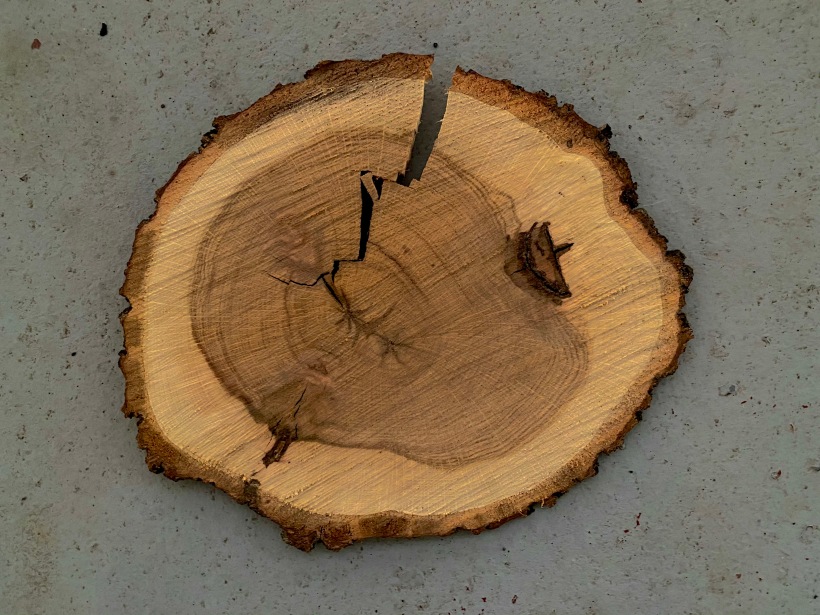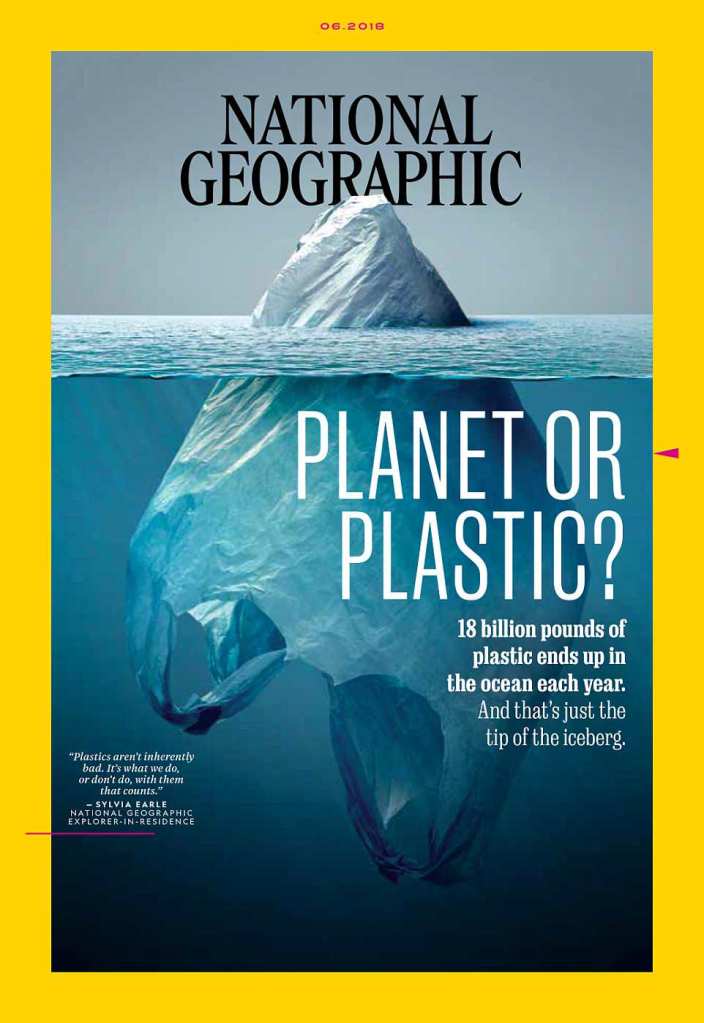We are at work on the codex, installation, and “little forest” created from logs collected all over Cedar Rapids in the wake of the derecho storm on August 10, 2020, when the city lost ~70% of its tree canopy to winds the equivalent of a Category 4 hurricane with no warning.
codex, an ancient manuscript text in book form
from Latin caudex for “trunk of a tree.”
A codex is an ancient manuscript book, usually comprised of vellum—not the kind found on the shelves of your local Dick Blick, but sheets of prepared animal skin — bound along one edge. Some codices were made from wood, like the Kellis Isocrates Codex found in Dakhleh Oasis. Visualize the plates of the Book of Mormon, except instead of metal, thin wood plates or boards, strung together on one side through holes.
The ancient person who made the Kellis Isocrates Codex etched an inverted V on one side of a single log before cutting. So long as the inverted V aligned on the spine, the “pages” were in order and the uneven surfaces of facing plates would fit together flat.
Our codex will not be made from a single log, but rather, logs collected from sites all over Cedar Rapids. Slices of all different diameters and species will clang together awkwardly and stack precariously. The form is the story: a city uprooted, out of place. It also records the variety of trees felled by the Hurricane Derecho, as Iowans have come to call the storm.
In a way, it creates one tree trunk from many, embodying the original Latin meaning of codex.
We have been careful to tag every log with its provenance so that each wood slice tells its own part of the story. We will use a pyrography pen to draw and write stories, as well as homemade inks & paints — some made from storm debris.
Our current log count: 83. We created a database and keep track of every log, its provenance, and all the cuts from each log. We had more to start, but a few had to be discarded due to infestation.
I always look for where time has a physical existence (part of the reason I enjoy making inks & aging them!), so we are slicing the logs at different intervals — before and after seasoning the wood — to play with the living nature of the materials. When cut too early, the slices will crack as they dry:
 round slice from a log with a lightning-bolt shaped crack in it
round slice from a log with a lightning-bolt shaped crack in itWe have debated what to do with the cracked ones — a shadow codex, perhaps. I immediately wanted to fill the cracks with resin — the art kind, not the tree kind. I like the idea of synthetic resin where natural tree resin should be. Not as a repair, but as a trace of the Anthropocene, much like plastiglomerate.
Plastiglomerate is stone with banded plastic formations made from plastic bags, plastic toys, plastic wrappers, plastic to-go boxes, plastic jars, plastic spoons, plastic straws, plastic water bottles melted into the rock by campfires. Tides swallow plastiglomerate, where it sinks to the ocean floor and lays down a fossil record of the Anthropocene.

I may also try some molding plastics in those cracks. Or melt down some old asthma inhalers (minus the cartridge) — my beneficent tailpipes, spewing exhaust made of benzene, made of gasoline — I’ve been saving for art. (I already made art from the medication pamphlets.)
Last night I even thought of these plastiglomerate codex plates as the entirety of the codex: a mutus liber like my tattoos. What if the codex were pure material and that is the story of the storm?
Or what if, like my original thought, this was the “shadow codex,” sort of the codex beneath the codex?
But also: this business of making purposeful plastiglomerate. A forgery of a forgery. For what is plastiglomerate but a forgery?
I love exploring process out loud and there is much more to come.
–Karrie Higgins
___________
If you would like to contribute to this work in progress, we need materials, tools, scratch disks, and memory cards for video & photography. We will eventually be launching a Patreon so be on the lookout!
